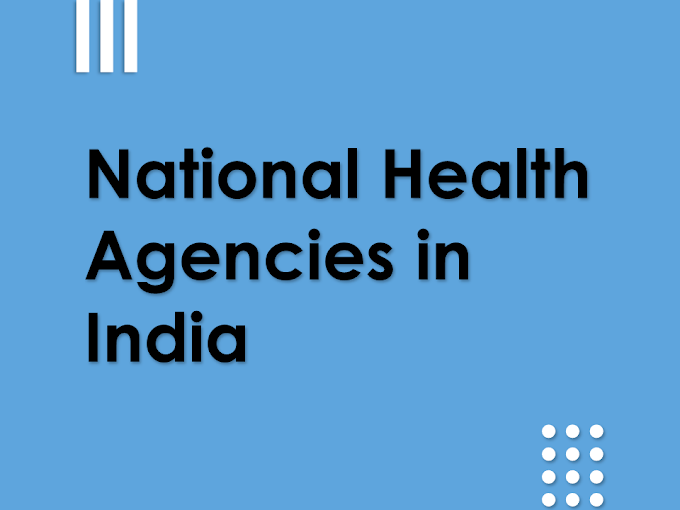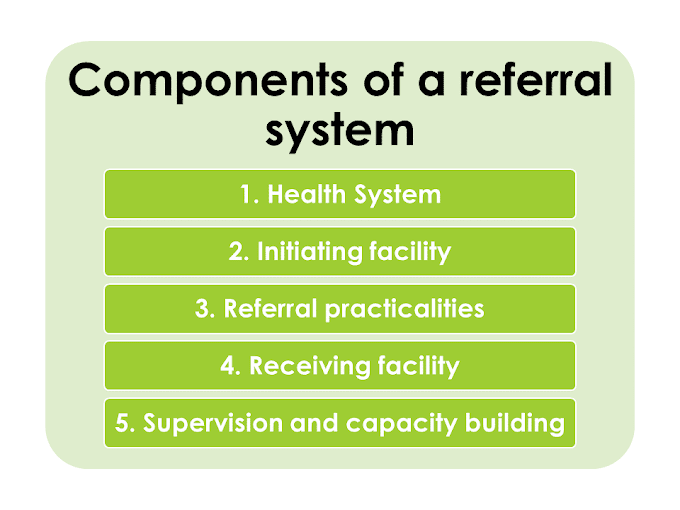Definition of Family Planning
WHO defined family planning "a way of thinking and living that is adopted voluntarily, upon the basis of knowledge, attitudes and responsible decisions by individuals and couples, in order to promote the health and welfare of the family group and thus contribute effectively to the social development of a country.
Another Expert Committee defined and described family planning as follows: Family planning refers to practices that help individuals or couples to attain certain objectives:
- To avoid unwanted births.
- To bring about wanted births.
- To regulate the intervals between pregnancies.
- To control the time at which births occur in relation to the ages of the parent.
- To determine the number of children in the family.
Scope of Family Planning Services
Family Planning is not synonymous with birth control; it is more than mere birth control. A WHO Expert Committee has stated that family planning includes in its preview:
- The proper spacing and limitation of births.
- Advice on sterility.
- Education for Parenthood.
- Sex education.
- Screening for pathological conditions related to the reproductive system.
- Genetic counselling.
- Premarital consultation and examination.
- Carrying out pregnancy tests.
- Marriage counselling.
- The preparation of couples for the arrival of their first child.
- Providing services for unmarried mothers.
- Teaching home economics and nutrition.
- Providing adoption services.
Health Aspects of Family Planning
A. WOMEN'S HEALTH
- The avoidance of unwanted pregnancies.
- Limiting the number of births and proper spacing.
- Timing the births, particularly the first and last, in relation to the age of the mother.
B. FOETAL HEALTH
C. CHILD HEALTH
- Decrease child mortality rate.
- Promote healthy child growth and development or child nutrition.
- Prevention of infectious disease in children.
The Welfare Concept
Family planning is associated with numerous misconception - one of them is its strong association in the minds of people with sterilization. Others equate it with birth control. The recognition of its welfare concept came only a decade and half after its inception, when it was named Family Welfare Programme.
The concept of welfare is very comprehensive and is basically related to quality of life. The Family Welfare Programme aims at achieving a higher end - that is, to improve the quality of life of the people.
Small-Family Norm
The objective of the Family Welfare Programme in India is that people should adopt the "small family norm" to stabilize the country's population at the level of some 1,533 million by the year 2050 AD. Symbolized by the inverted red triangle, the programme initially adopted the model of the 3-child family. In the 1970s, the slogan was the famous Do Ya Teen Bas. In view of the seriousness of the situation, the 1980s campaign has adopted the 2-child norm. The current emphasis is on three themes : "Son or Daughters - two will do"; "Second child after 3 years", and "Universal Immunization".
Eligible Couples
An "eligible couple" refers to a currently married couple wherein the wife is in the reproductive age, which is generally assumed to lie between the ages of 15 and 45. There will be at least 150 to 180 such couples per 1000 population in India.
Couple Protection Rate (CPR)
Couple protection rate is an indicator of the prevalence of contraceptive practice in the community. It is defined as the per cent of eligible couples effectively protected against childbirth by one or the other approved methods of family planning, viz. sterilization, IUD, condom or oral pills.





1 Comments
There has been one of the most significant developments in recent years pre conception counselling operating at a higher rate As a result, more people are seeking out birthing and prenatal services, which have a greater success rate. Thank you for writing such an informative article on this subject.
ReplyDelete